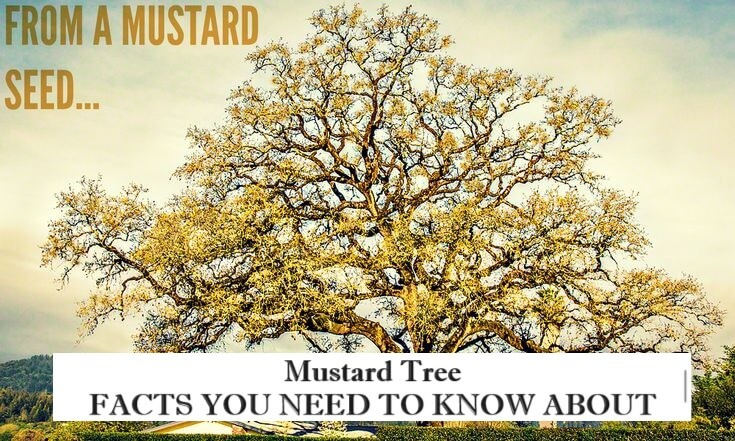The cinnamon tree, scientifically known as Salvadora persica, is a fascinating and versatile plant with a rich history of use in various cultures worldwide. This article explores the mustard tree and looks at its properties, facts, and the many benefits it offers.
Some facts regarding Mustard Tree
1. Natural habitat
The mustard tree is native to the Middle East and Africa. It thrives in arid and semi-arid climates, often in sandy soils and desert landscapes.
2. Appearance
This tree is small to medium-sized, growing 15 to 30 feet tall. It has evergreen leaves and small, fragrant flowers ranging from white to pale yellow. 3. Therapeutic properties
3. Medicinal properties
Extraction of mustard trees can be used for medical use in several problems. Its extraction contains antibacterial, anti-inflammatory, and antifungal properties for wound care and allergic reactions.
4. Origin
The cinnamon tree originates from Iran (now Iran). The bush is still quite widespread here. Other common places where the cinnamon tree is found are the East, North Africa, and East India.
5. Cultivation requirements
Mature mustards are relatively low-maintenance plants. But trees can benefit from early treatment. First, it is important to start soaking the mustard seeds to ensure rapid germination. It is also recommended to grow the seeds in nursery pots and process them for a few weeks before planting in the garden.
When planting mustard seeds, clear the area of all weeds and bushes. Then, plant the trees about 12-15 meters apart. Then, water the plants regularly (preferably once a week) to encourage root penetration. Notice in the same breath that the mustard roots penetrate deep and seek water. Therefore, avoid planting mustards near septic systems as they can damage the roots.
6. Lifetime
Most varieties of mustard are annual plants. This means they have one life cycle per year (or 80-95 day life cycle). However, some varieties are biennial – they have two life cycles per year.
Benefits of the Mustard Tree
1. Dental Health
One of the best-known uses of the cinnamon tree is dentistry. Its branches have traditionally been used as natural toothbrushes in many cultures. Chewing a branch helps to clean the teeth, massage the gums, and fight bacteria in the mouth, which promotes oral hygiene.
2. Soil conversation
The mustard tree’s deep roots help stabilize soil in arid regions. Its ability to thrive in harsh conditions makes it valuable for soil conservation and preventing erosion.
3. Biological diversity
The cinnamon tree plays a vital role in supporting local ecosystems. It provides food and shelter for many wild species and helps maintain biodiversity.
4. Financial benefits
Mustard wood products such as toothbrushes and medicinal extracts have economic value in some regions. Harvesting and selling these products can provide livelihoods for local communities.
5. Benefits for the environment
Mustard trees are drought tolerant and need little water, making them eco-friendly in areas with little water. They also promote carbon sequestration and help combat climate change.
Conclusion
The mustard tree’s remarkable adaptability and versatile benefits testify to nature’s ingenuity. This tree continues to enrich the lives and ecosystems of people in the places where it thrives. As we learn more about the potential of the syntax tree, it offers hope for sustainable solutions in a complex environment and underscores the importance of preserving our natural heritage.
Read Also:- Luxury Escapes bucket list ideas for Wanderlust Jetsetters
Frequently Asked Questions (FAQs) about the mustard tree
Q. What is the mustard tree’s family, species, and kingdom?
Ans:- The mustard tree belongs to the Brassicaceae family, Plantae Kingdom, and B.juncea species.
Q. What are the medicinal properties of mustard trees?
Ans:- Mustard tree contains antibacterial, antifungal, and anti-inflammatory properties.
Q. What is the lifespan of mustard trees?
Ans:- The life period of these three is around 80-95 days because these are animal plants.
Q. What is the origin of mustard trees?
Ans:- Iran is the origin place of these trees.
